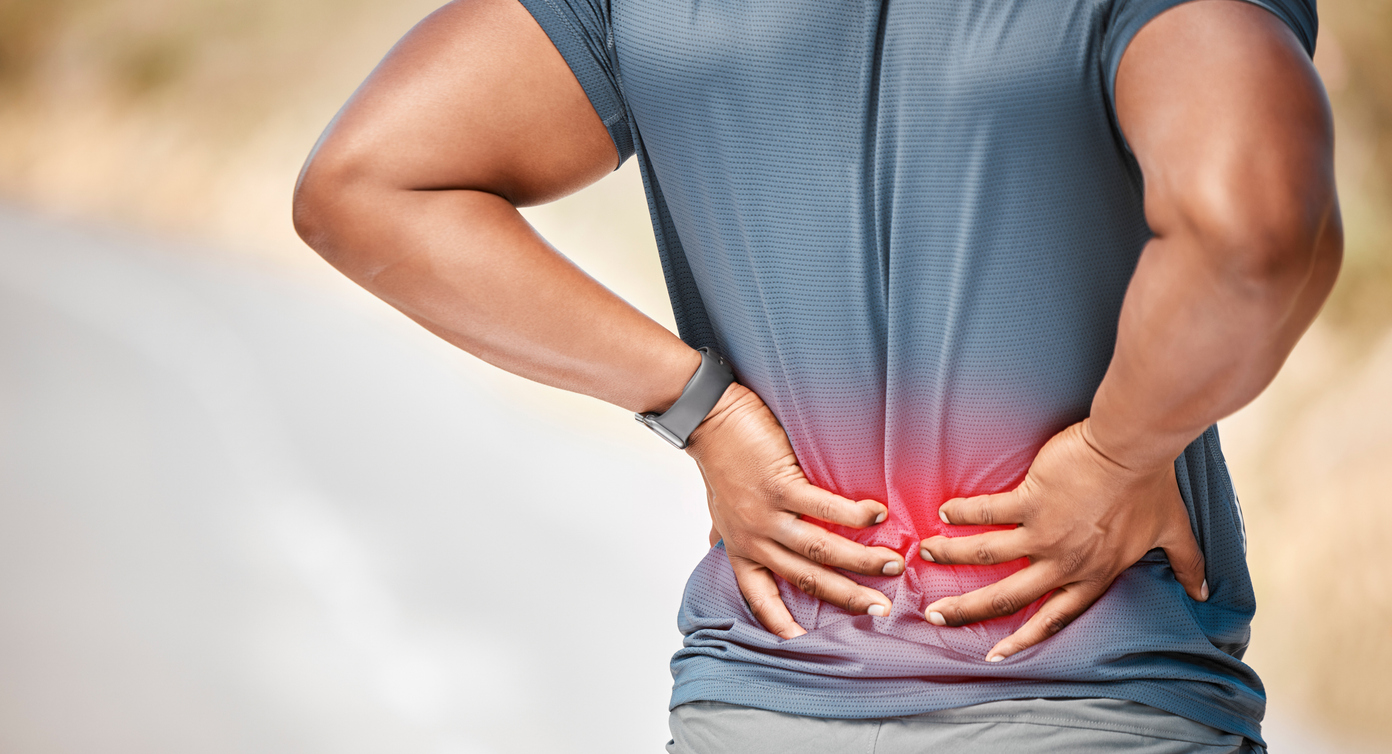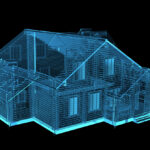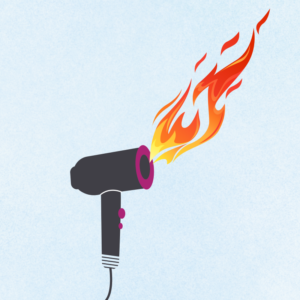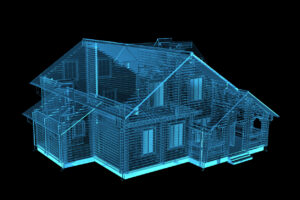If you experience back pain for over three months, you are experiencing a chronic back injury. You are not alone. Over one-third of U.S. adults have experienced back pain for three months. In fact, according to the National Council on Aging, back pain injuries result in more than 83 million lost work hours each year. So, let’s rewind and learn about biomechanics and the three forces on the spine that can lead to chronic back pain.
Understanding Biomechanics and Its Role in Back Injuries
Biomechanics is the study of the mechanical aspects of biological systems, including the structure, function, and effects of motion on our bodies. CED experts in this field apply the principles of physics to understand how humans move and interact with their surroundings.
Biomechanical engineers differ greatly from medical doctors. While doctors focus on diagnosing and treating symptoms, biomechanical engineers analyze the physical causes behind injuries. Our biomechanical engineers can evaluate how forces act on the body and determine if an injury's description matches the physical evidence, a crucial factor in injury causation analysis.
At CED Technologies, biomechanical engineers investigate incidents ranging from low-speed vehicle collisions to falling ceiling tiles. Their role is to assess whether the forces involved in an incident are consistent with the claimed injuries. Often, they can work backward from documented injuries to reconstruct how an incident likely occurred and offer a scientific analysis of the accident.
The Three Main Forces Acting on the Spine
A biomechanical engineer has expert knowledge on how three primary forces, bending, compression, and shear loading, interact to cause spine injuries.
-
- Bending
Bending refers to a forward, backward, or side-to-side motion that creates a moment (measured in newton-meters) on the spine due to an applied load. This type of force is commonly associated with sprains and strains of soft tissues like muscles, tendons, and ligaments. A relatable example is the whipping motion of your head at a concert, which puts significant bending stress on your spine. - Compression
Compression occurs when a force pushes the vertebrae and intervertebral discs together. If someone were to fall directly onto their buttocks, the impact force travels upwards through the spine, squeezing the discs between the vertebrae. This can lead to herniated discs or vertebral fractures, depending on the severity of the impact. - Shear Loading
Shear loading happens when a force causes two adjacent bones to move in opposite directions, misaligning them. Also commonly referred to as a “slipped disc,” this type of injury occurs when there is a horizontal force on the spine. For example, falling directly onto your back or being struck with an object at the back. Shear forces can destabilize the spine and cause serious soft tissue and disc injuries.
- Bending
Why Biomechanics Matters in Injury Cases
In personal injury cases, hiring a biomechanical expert can make a critical difference in the case’s outcome. Several forces can be involved in a single injury, and many injuries, especially to the spine, can result from chronic wear and tear, rather than a single traumatic event. By analyzing the forces involved in an incident and comparing them to the injury patterns, biomechanical engineers help determine whether the alleged injuries match the claimed causes.
Thanks to our Biomechanical Engineering team at CED Technologies, science and engineering provide a powerful lens to help explain, and sometimes challenge, claims of injury causation.
Check out our YouTube series, Science Explained, to learn more about how biomechanical engineers analyze these forces!






